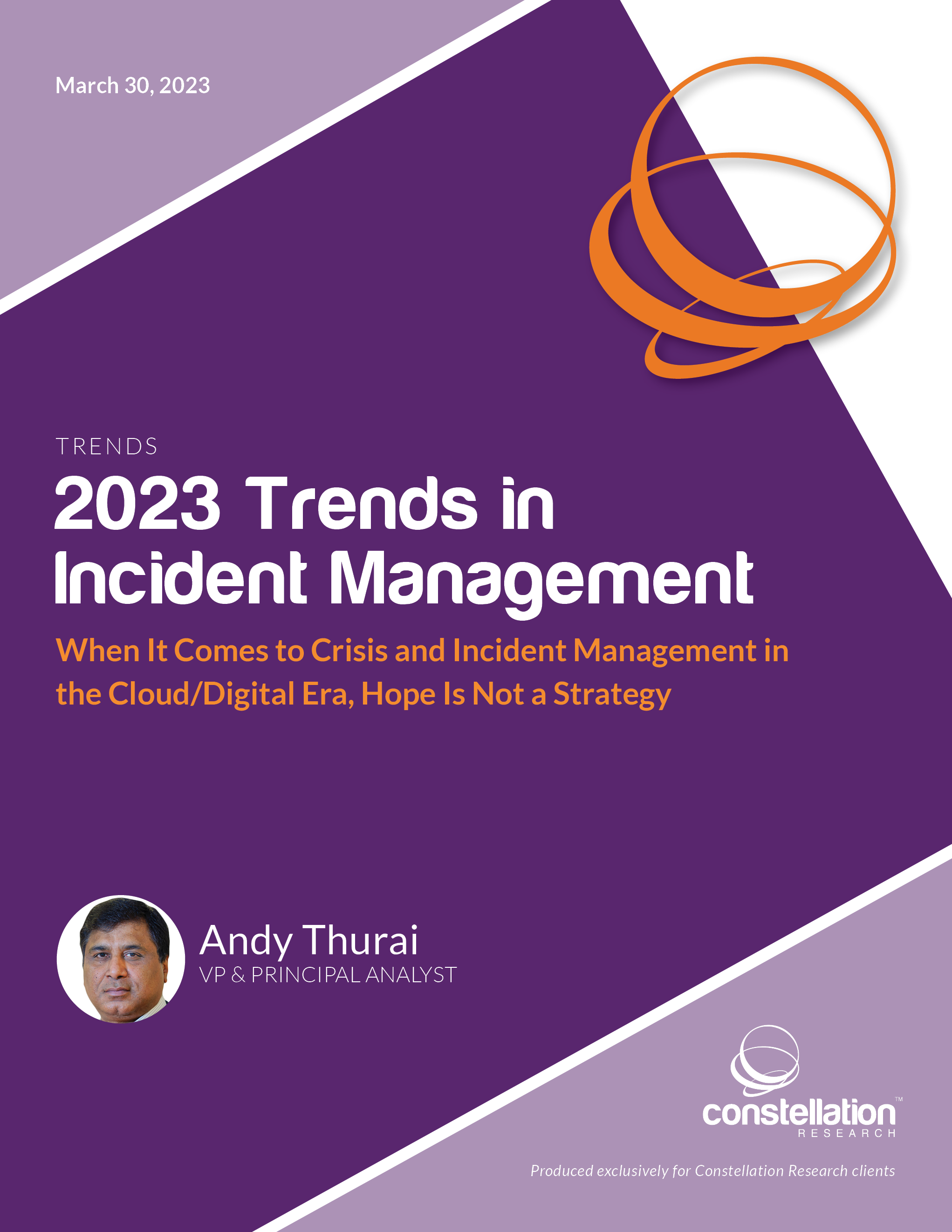 More than a year has passed since Constellation published its original “Trends in Incident Management” report. However, most enterprises still are not set up to handle IT-related incidents, or crises, in real time. Fortunately, the improvements in just one year are amazing. Many areas see a consistent improvement—in incident identification, immediate engagement, root cause identification, and so on.
More than a year has passed since Constellation published its original “Trends in Incident Management” report. However, most enterprises still are not set up to handle IT-related incidents, or crises, in real time. Fortunately, the improvements in just one year are amazing. Many areas see a consistent improvement—in incident identification, immediate engagement, root cause identification, and so on.
Especially with the need and demand for “always-on,” there are more opportunities than ever for things to break, and incidents do not wait for a convenient time. Problems can, and often do, happen on weekends, holidays, or weeknights when no one is paying attention. To be properly prepared when an incident happens, an enterprise must be in the position to immediately identify, assess, manage, solve, and effectively communicate the situation to customers, stakeholders, and (for major incidents)
senior management.
The findings in this Constellation report are based on survey responses from more than 225 IT and DevOps professionals globally who practice incident management (IM) and observability for their respective organizations on a daily basis. Based on that research, this report identifies new emerging trends and best practices for 2023 and beyond.
Most of these practices are either already implemented or in the process of being implemented by these digitally savvy organizations. Although the survey was done in collaboration with a leading vendor in this space, care was taken such that the practitioners were spread across the spectrum of vendors and hence the sampling was not necessarily related to one single vendor or specific process, as proven in the
results below.


